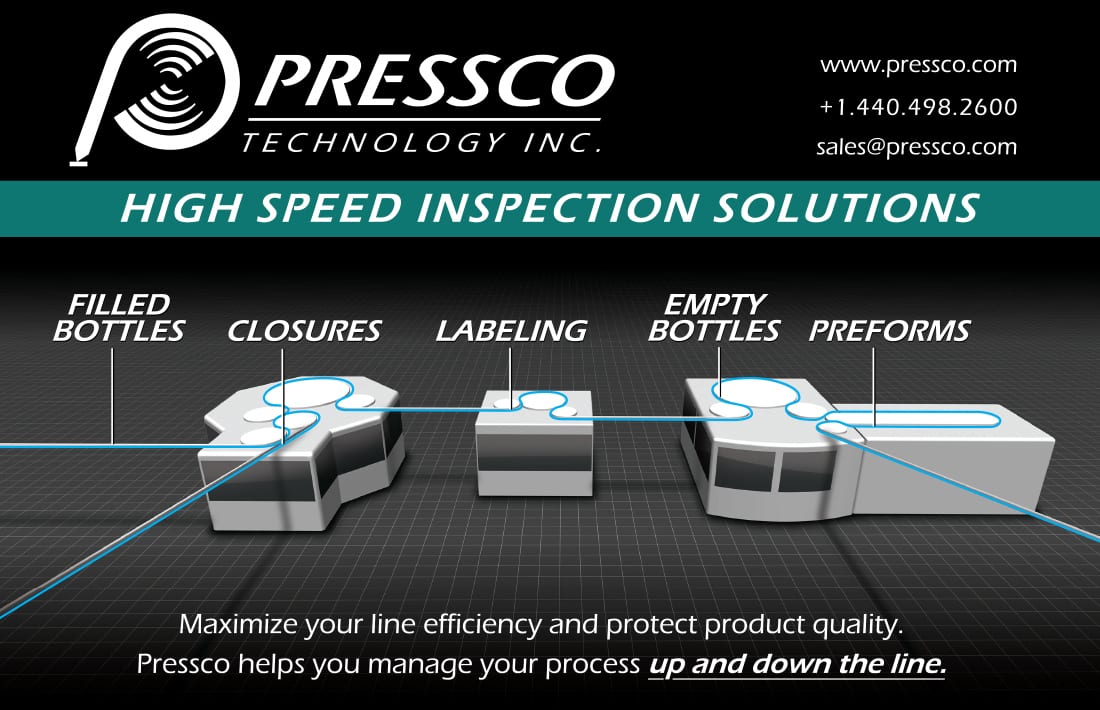Packaging
Story
Needing it all
By Jessica Jacobsen
Can filling, seaming equipment supporting flexible operations, safe practices
(Image courtesy of Krones Inc.)
In the animated feature “The Berenstain Bears Play Ball,” Sister Bear questions why she can’t try out for Little League while still enjoying her toys and dolls as she sings, “I want it all.” When it comes to beverage packaging operations, it’s not about wanting it all, but needing it all to compete in today’s diverse beverage marketplace.
Barry Fenske, technical sales of the filling division at Krones Inc., Franklin, Wis., explains how SKU proliferation has made flexibility within filler equipment a critical component.
“This allows for running several product types on the same filler,” he says. “There are machines that can run carbonated or non-carbonated beverages, hot or cold fill all on one machine. With a filler/seamer bloc needing to be flexible, changeovers can be impacted, especially at the seamer when there is a lid diameter change.”
A marketing communications specialist for Sidel, Octeville sur Mer, France, also highlights the importance of flexibility when it comes to filling and seaming equipment.
“As a result of market demands for more SKUs and numerous container sizes, there is now a need for equipment to be more flexible,” the representative says. “For example, being able to change over in minimal time while handling still and carbonated beverages, as well as hot, ambient and cold-filled beverages ― all while lowering energy, water, chemical and raw material consumption.”
Sidel’s representative points to the demand for “better-for-you” beverages that accelerated SKU growth and the need for equipment to support that growth.
“The beverage category that has contributed most to this trend is carbonated soft drinks (CSD),” the representative says. “We are also seeing a growing focus on beverage options that are ‘better for you’ with an increased interest in organic and natural products, which goes hand in hand with reduced sugar, calories and artificial ingredient intake.”
Krones’ Connected Line is designed for the Internet of Things to support connectivity throughout beverage operations. (Image courtesy of Krones Inc.)
Krones’ Fenske explains that when deciding the type of can filling and seaming equipment to select, the need for flexible operations is influencing decision-making.
“[F]or can filling, it is becoming more popular to discuss having two seamers blocked to one can filler to help in changing over times for lid diameter changes,” he says. “Handling parts on the fillers are mostly quick change nowadays, like push button quick release versus a wrench and bolt in the previous years and separate recipes in the PLC for each SKU, brought up for that SKU at the touch of a button. No or very little fine tuning is then required after changing to another SKU.”
Sidel’s representative also stresses the importance of flexibility.
“In today’s market, higher levels of versatility combined with maximum product quality are key requirements for equipment to ensure long-term business growth and to adapt to ever-changing consumer trends,” the representative says. “This is why our can filler, EvoFILL Can, tackles all needs of being hygienic, flexible and sustainable, ensuring producers are ready for future challenges in drinks production.
“Designed with brewers and CSD manufacturers in mind, our EvoFILL Can filler answers all needs in terms of beverage quality, maximum performance and expanded flexibility,” they continue. “This filler has the capacity to fill CSD at ambient temperature and still drinks in hot fill, thus accommodating a wide range of beverages via a single piece of equipment. With 54 to 182 filling valves on EvoFILL Can’s carousel, manufacturers can handle a wide range of speeds (130,000 cans per hour) and can sizes, from 150 ml up to 1 liter. Plus, the varying height of the can is no longer a challenge, as the carousel adjustment is fully automatic.”
Safe solutions
Although speed and flexibility might be driving innovations for can filling and seaming equipment, experts note that nothing is more important than maintaining safety in these operations.
Krones’ Fenske believes more checks and balances should be put in place to support product safety and quality control.
“You need a good quality can (inspect before rinsing, auto reject if out of spec), correct rinsing media for the application, low oxygen pick-up methods filler/seamer (flush the can at the filling valve with CO2/N2 prior to filling, blanket the can headspace with CO2/N2 prior to lid positioning), treat the lids if needed prior to application, check for product fill height post seamer, check the can psi downstream with a TapTone device for leakers,” he says.
“One of our newest filling technologies, Modulfill VFS-C with compact cleanroom, puts enhanced focus on hygienic filling for sensitive beverages and requires significantly less space than conventional set-ups,” Fenske continues. “The filler also facilitates clean-in-place/clean-out-of-place (CIP/COP) to occur concurrently.”
Sidel’s representative also highlights the importance of hygienic standards and how the company’s EvoFILL Can filler supports that.
“Filling equipment design has had to address demanding hygiene standards in response to product safety and quality control requirements,” the representative says. “An example of this is our latest can filler: EvoFILL Can. The filling equipment has a ‘no base’ design which ensures an overall easy cleaning process and makes sure that there is no residual product in the filling environment and a cleaner zone. The solution’s improved CO2 pre-flushing system results in the utmost food safety. Consuming less CO2 in total, this feature not only improves beverage quality, it improves line performance.”
What has helped original equipment manufacturers (OEMs) support all these demands is the adoption of the Internet of Things (IoT).
“By combining high versatility with efficiency, we can help our customers meet end users’ demands for greater product differentiation,” Sidel’s representative says. “This goal can be achieved by building machine intelligence into equipment in the form of features such as prediction, aided guidance and self-adjustment, in addition to advancing filling operations. Self-adjustment, for instance, allows the machine to correct itself independently from human intervention when data shows that its production values are out of range, as well as when manufacturing parameters should change based on new production needs.”
Jeremy Anderson, president of Process and Data Automation, a member of the KRONES Group, details how the company designs systems around IoT attributes.
“[F]or can filling, it is becoming more popular to discuss having two seamers blocked to one can filler to help in changing over times for lid diameter changes.”
— Barry Fenske, technical sales of the filling division at Krones Inc.
“Our Connected Line is designed with IoT in mind for the beverage and liquid food sectors, which includes filling and seaming operations,” he says. “By enabling a bridge between intelligent devices on the plant floor through to the cloud, Krones is paving a path where previously hidden data is exposed and analyzed by the client and Krones alike. This concept enables our artificial intelligence solutions ― Linatronic AI and Contiloop AI ― and Digital Support Services as part of the Krones Ecosystem.”
Future plans
As the beverage market sees new age products move into can packaging, this might prompt OEMs to take this into consideration with future solutions.
“More sensitive beverages are moving into cans,” Fenske says. “Beverages that normally are packaged by aseptic PET lines might move their way to cans. Thus, an aseptic can filler/seamer will need to be developed.”
Sidel’s representative highlights the growth of hybrid beverages.
“We are witnessing a blurring of beverage categories with a heightened interest in hybrid or fusion drinks, such as fruit juice mixed with tea, as well as with sparkling water,” the representative says. “Innovations in terms of carbonation, flavor, and functional enhancements, in addition to packaging, are being introduced to compete with other soft drinks categories.
“Alongside this, we are seeing some ‘mouthfeel’ innovations, using nitro cans, and adding viscosity through purees and jellies,” they continue. “On the alcoholic beverage side, we are supporting craft breweries and hard seltzer producers who wish to further differentiate and meet new consumers’ demands.”
Given this diversified future, can filling and seaming equipment will continue to adapt these beverage models.
“In respect of can fillers and seamers we’re already on a journey,” Sidel’s representative says. “It requires us to support customers and fulfill their need to be more flexible, digitally advanced and meet more demanding sustainable goals.” BI
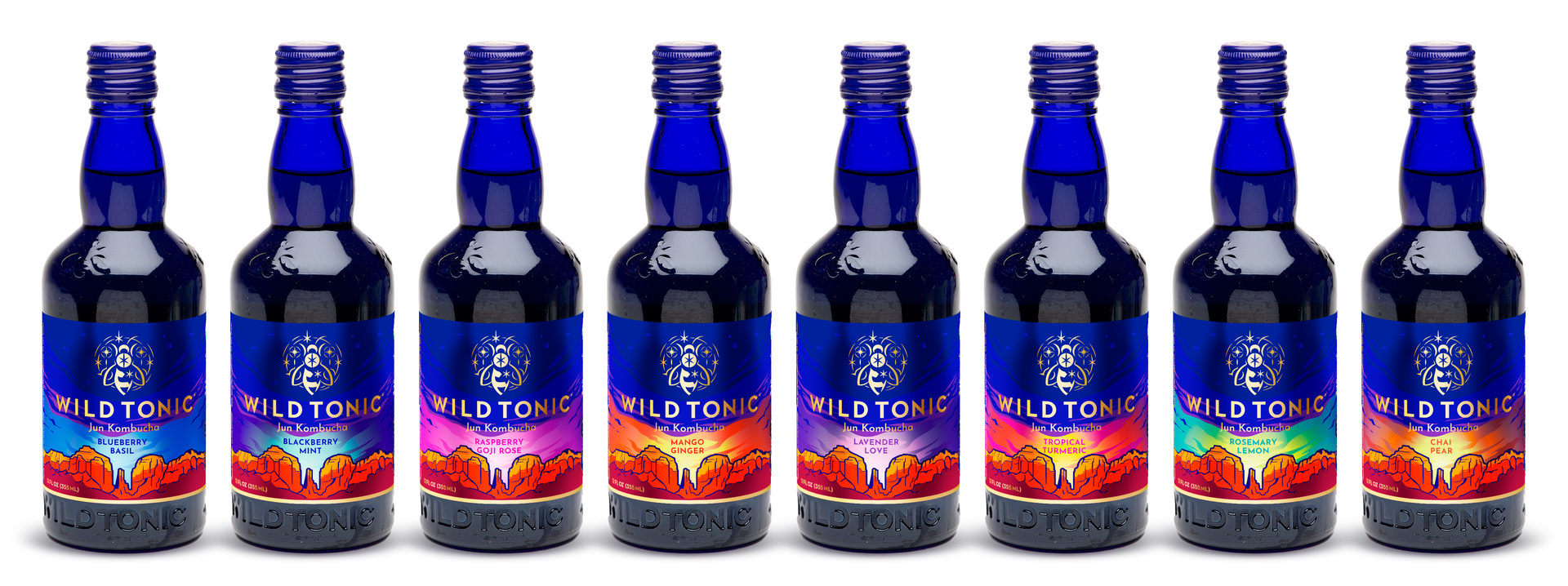
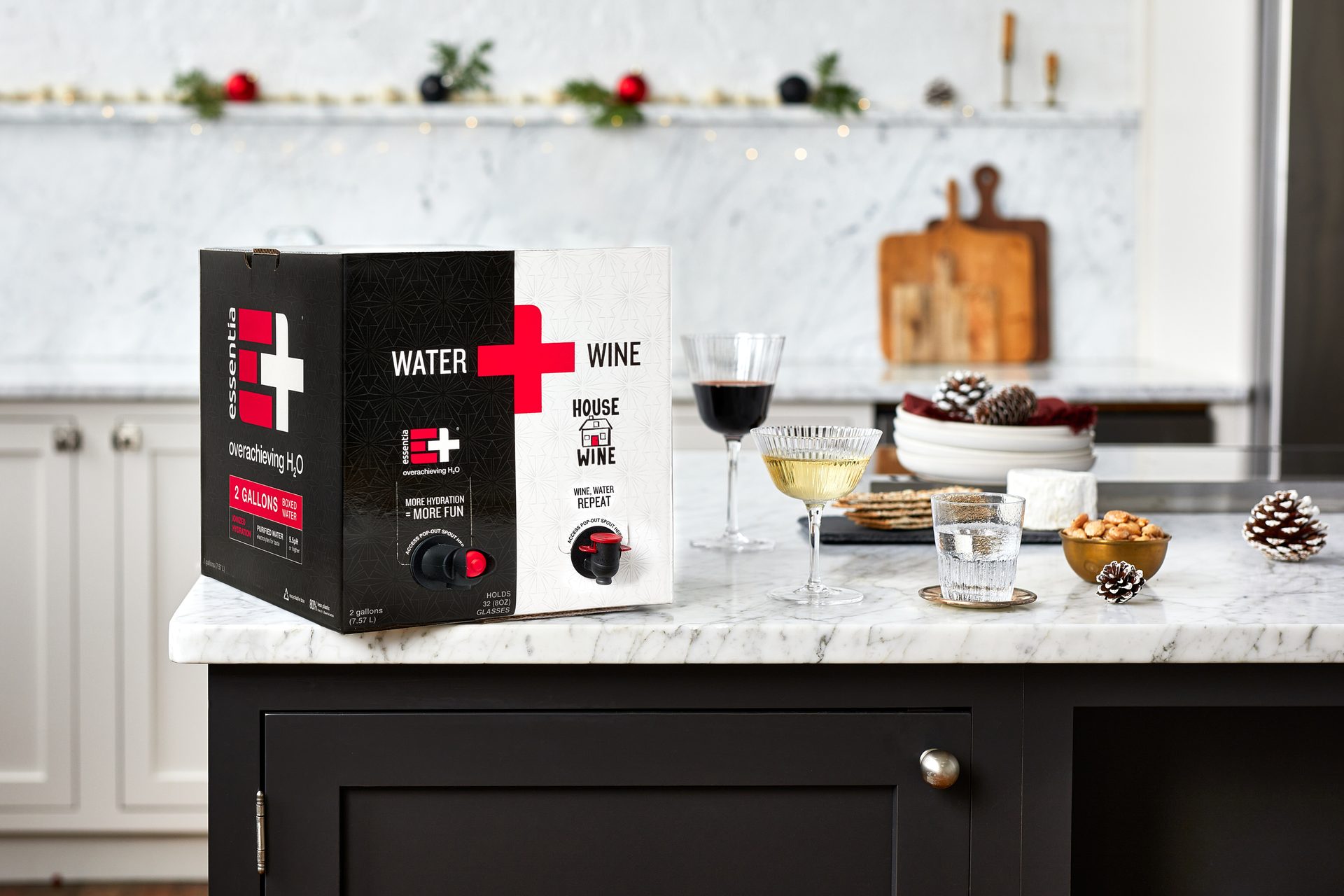
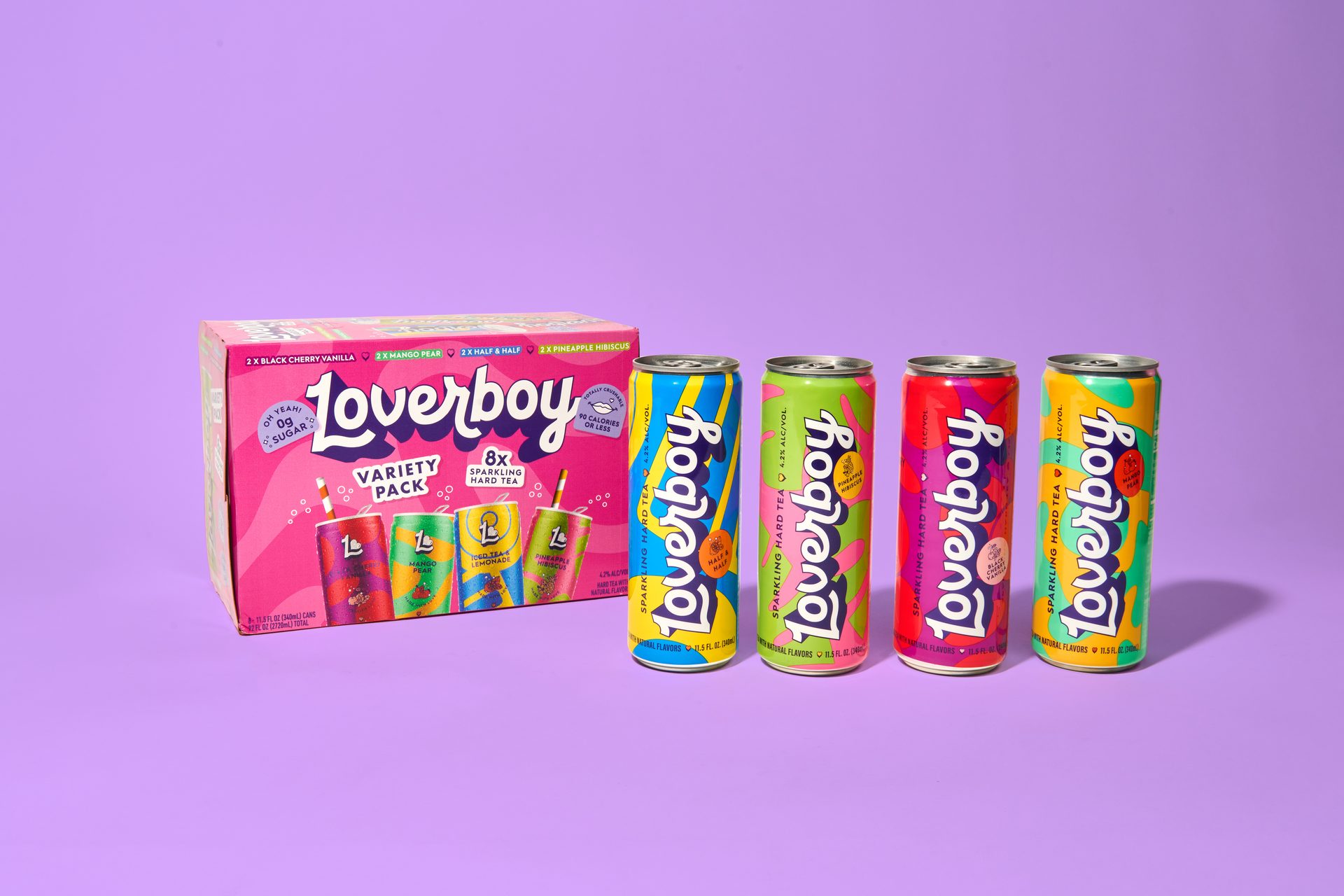
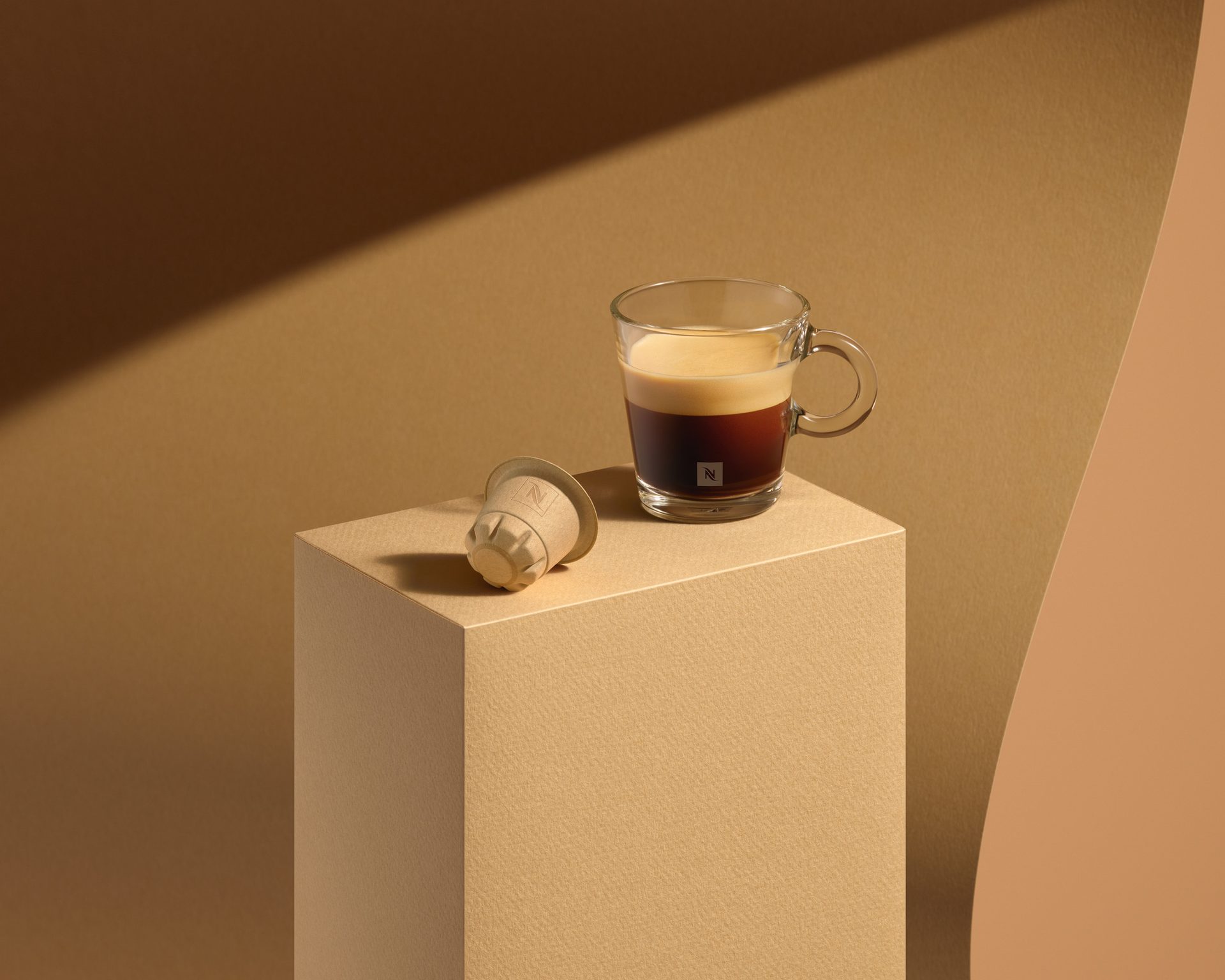
January 2023 | bevindustry.com

